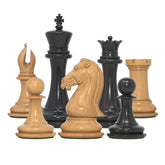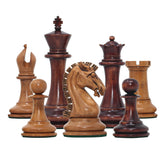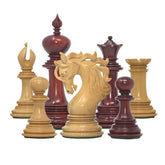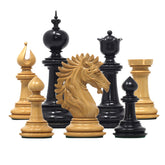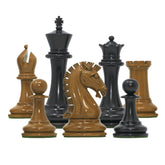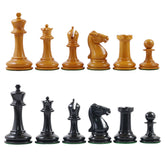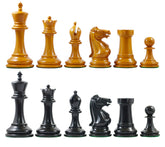Making The Best Use of Pawns in Chess
To win a game all you require is harmony and balance between your pieces. The same goes with your pawns as well. Harmony is one of the most important elements that GM Irina Krush says make up a chess game, time and space being the other two.
As you know, all other pieces need a pawn to move before they enter the game, apart from knights. All pawns usually lead the way and like in every game, your pawns make first contact with your opponent’s pieces.
Every chess player experiences the good and bad sides of pawns. We have all been in positions where pawns have turned our pieces good and bad. Be careful if you are disorganized or play the wrong pawns you can turn your opponent’s minor piece into a winning advantage.
It is a skill to learn, that good pawn play is a gift if one can master it. Moreover, it is not extremely difficult if you get more from your pawns in chess. An active play of pieces can provide adequate compensation for a pawn's weakness.
FEW IMPORTANT QUESTIONS ABOUT THE PAWN’S ROLE IN CHESS
If you ask the following questions before moving a pawn, definitely your pawns will begin to dominate the board. These questions can prove a great asset in taking your chess to the next level.
- Can my opponent attack my pawn?
- Does the pawn move weaken any squares?
- Do I have any reason to move the pawns in front of my king?
- Can I make my opponent advance their pawns?
LEAVE YOUR PAWNS HANGING AND LOSE THEM

However, pawns in chess often get neglected because the king's safety is a high priority for most of the players.
A gambit opening allows you an allowance for the sacrificed pawn in chess, but if your opponent goes, a healthy pawn up can cost you the game! Be vigilant and play safely!
One very important piece of advice is to advance your chess pawns to activate your pieces. Be very careful when your pawns enter your opponent’s half of the board. The more forward your pawns are, the tougher it is to defend them. By reaching fifth rank, check you have other pawns that can defend them. Until you have reached the end game, you surely want to have one of your pieces tied down to protect a pawn in chess.
The advantage of having a good pawn structure is to avoid ending up in difficulties. The white army experiences the above position as you can see. All the black pawns can defend each other as they advance up the board. The isolated white pawns on the kingside will always need protecting with pieces. Chess engines assess this position as winning for Black. It is advisable to take a few seconds to ask, “Can my opponent attack my pawn?” Before you move your pawns, remember that, unlike pieces, pawns cannot move backward in chess.
BE CALM WHILE PLAYING WITH PAWNS
There is no going back, when it comes to pawns in chess. In chess openings, it is usually best to move the piece when given a choice between moving a piece or a pawn. The pieces control more squares than pawn, the sooner you develop your pieces, it will be better for the game. Keeping pawn moves to a minimum helps avoid creating weak squares and it is like an exposed king where your opponent can take advantage of the weakness. If you can cover the weakness with another pawn or a piece, it might be okay to advance the pawn.
KEEPING YOUR KING SAFE
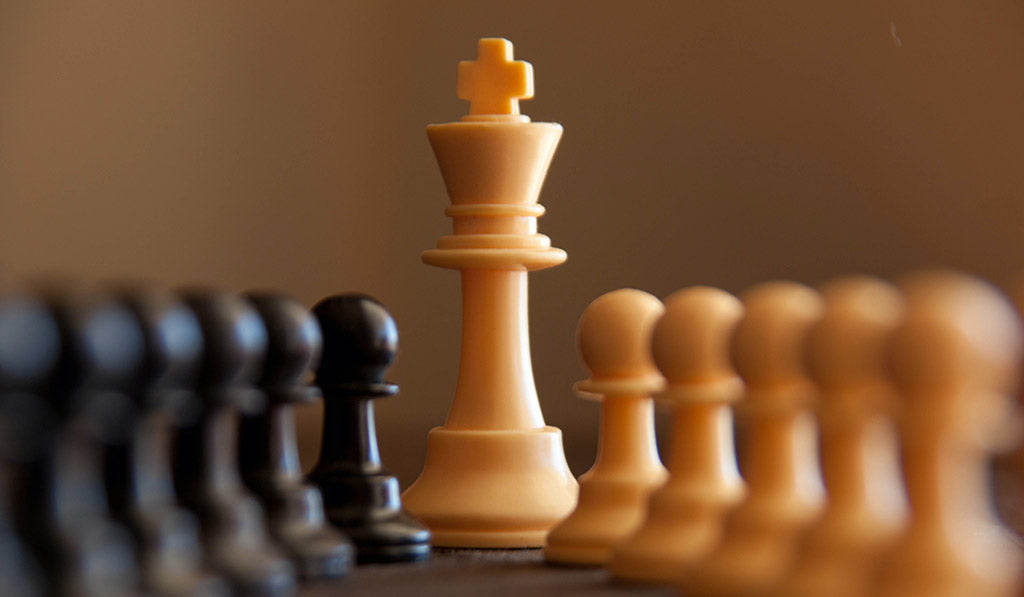
Creating an escape square for your castled king is a standard way of protecting against a back-rank checkmate. In most instances, the pawn does not advance past the third rank. When considering advancing a pawn in front of your king, past the third rank, look for attacking opportunities for your opponent.
Open and semi-open positions are high-risk positions. In closed positions, there are not many open files or diagonals to use for attacking. Do not advance the pawns in front of your king. A good pawn play depends on excellent evaluation skills, so never neglect this crucial part of your chess training. Keeping your pawns safe is very essential. If you are unsure about placing pawns in front of your king, look to see if you can improve your pieces and it will bring you more wins!
ALLURING YOUR OPPONENT TO PUSH THEIR PAWNS
You have protected your pawns, after applying the first three questions to your game. Try to avoid any weak squares from rushing to advance your pawns, and it provides an excellent shelter for your king. Obviously, you would prefer it if your opponent didn’t play as soundly, or you’d never win a game. Now it’s time to ask, “Can I make my opponent advance their pawns?”
One of the best ways to force your opponent to advance their pawns in chess is by offering them no reasonable alternative. You want to place them in a position where not advancing also leaves them in a bad position. In the Sicilian Defense, it is common for black to seize space on the queen side, which allows a6 and b5. The Bishop on b7 along with grabbing space. Here is an example of a position from the Sicilian Defense opening.
Make sure you have pieces to take advantage of the weak pawn or weak squares moving forward, before forcing your opponents to advance their pawns.
IN CONCLUSION
Your pawns offer opponents eight targets to attack, where you have one king to protect. That is, without counting any weak squares advancing your pawns have been created. Pawns might have the lowest material value in chess. However, they are very crucial to the success of your chess game. It is well worth it to master the pawns and learn how to get the best from them. If you place your pawns on the correct squares in chess, you will allow your pieces to reach the best squares. Knowing all these tips and tricks, you will surely notice greater harmony between your pieces as you master pawns. The four questions will help you get the most from your pawns, as you will understand the typical pawn structures that arise from different openings. While learning different structures, notice the arrangement of the pieces and how they work with the pawns. For reference, you can buy the book “The Le Quang Method” that covers 90% of chess openings, and GM Liem Le Quang has done all the hard work for you.
It is important to understand openings is more important than memorizing theory. The more you play the more you learn. It all comes with practice.
For such, more informative content visit us at www.stauntoncastle.com.
For more such interesting articles visit at www.stauntoncastle.com/blogs/news
Order Luxury Chess Sets and Pieces Here - www.stauntoncastle.com


